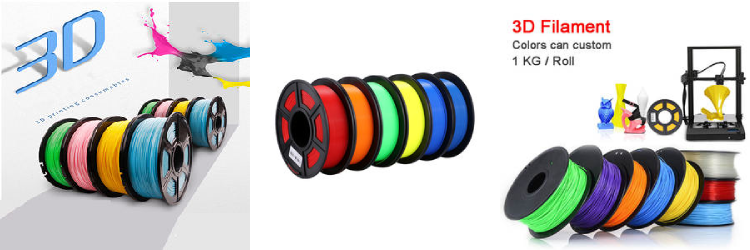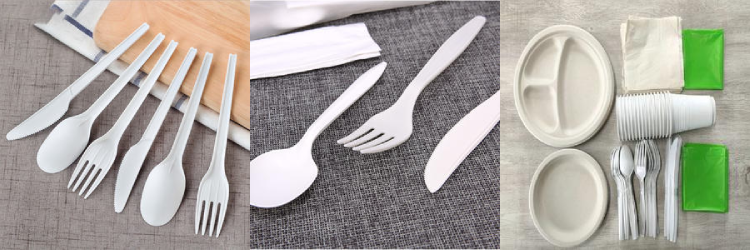PLA
Polylactic Acid (PLA) is a polyester made from renewable resources such as sugar in corn and sugarcane. Sugars are fermented into lactic acid and then polylactic acid. PLA has a wide range of applications and processing methods, including film and packaging, and degradable implants in medical care.


What is PLA?
What is PLA used for?
There are a vast array of applications for Polylactic Acid. Some of the most common uses include plastic films, bottles, and biodegradable medical devices (e.g. screws, pins, rods, and plates that are expected to biodegrade within 6-12 months
Why is PLA Used so Often?
PLA production is a popular idea as it represents the fulfillment of the dream of cost-efficient, non-petroleum plastic production. The huge benefit of PLA as a bioplastic is its versatility and the fact that it naturally degrades when exposed to the environment. For example, a PLA bottle left in the ocean would typically degrade in six to 24 months. Compared to conventional plastics (which in the same environment can take several hundred to a thousand years to degrade) this is truly phenomenal. Accordingly, there is a high potential for PLA to be very useful in short lifespan applications where biodegradability is highly beneficial (e.g. as a plastic water bottle or as a container for fruit and vegetables). Of note, despite its ability to degrade when exposed to the elements over a long time, PLA is extremely robust in any normal application (e.g. as a plastic electronics part).Why is PLA mostly used for 3D printing?
PLA is the most popular 3D printing material for FDM technology and can be easily sanded, painted or post-processed in a different fashion. This plastic enables working on relatively low extruder temperatures and appears to be “user-friendly”. Compared to some other filaments, there is no crucial need for a heated bed, reinforced nozzle or printer chamber to work with it.
Is PLA toxic?
In solid form, no. In fact, Polylactic Acid (PLA) is biodegradable. It is often used in food handling and medical implants that biodegrade within the body over time. Like most plastics, it has the potential to be toxic if inhaled and/or absorbed into the skin or eyes as a vapor or liquid (i.e. during manufacturing processes). Be careful and closely follow handling instructions for molten polymer in particular.
